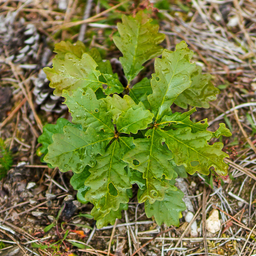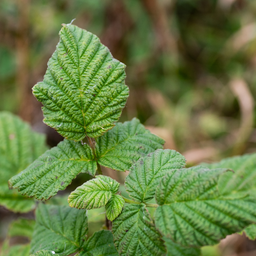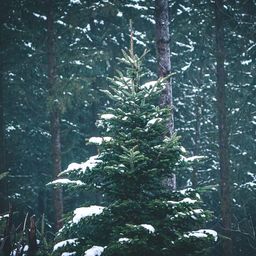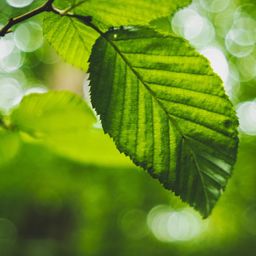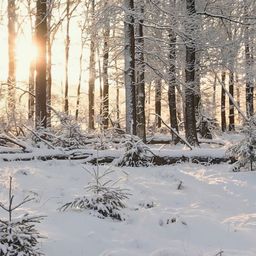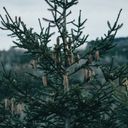
Norway spruce: Characteristics, use and symbolism
The Norway spruce, a majestic conifer found in mountain regions, is prized for its versatile wood and ecological role in soil stabilisation, as well as being symbolically associated with spiritual continuity in various cultures.
Norway Spruce
TheNorway spruce, or Picea abies, belongs to the Pinaceae family and is one of the most widespread conifers in Europe. This majestic tree is emblematic of boreal and mountain forests, where it thrives in cool, damp climates. Recognisable by its conical shape and pendulous cones, Norway spruce plays an essential role in the timber industry thanks to its light, strong and versatile wood. In addition to its many economic applications, it is a key component of forest ecosystems, helping to stabilise soils and maintain biodiversity.
Why does EcoTree plant Norway Spruce?
Norway spruce is well adapted to temperate to cool climates, especially in mountainous areas, and tolerates relatively poor soils. It is resistant to cold and can be grown in areas that are difficult for other tree species.
Its root system is relatively dense, which can help stabilise soils, especially in sloping areas or mountains. This can help to prevent soil erosion in at-risk environments.
Although some diseases and pests (such as bark beetle) can affect Norway spruces, they generally have a good tolerance to pathogens under optimum conditions, particularly in well-managed forests with irregular and mixed stands.
Norway Spruce - Overview
Norway Spruce - Overview
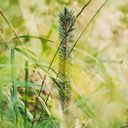
Norway Spruce - Species requirements
Norway spruce is well adapted to cool to cold climates. It is typically planted in mountainous or northern areas where temperatures are moderate to cold. It prefers humid to moderately humid environments. Dry or excessively hot climates can cause the tree to weaken, making it more vulnerable to diseases and pests.
Picea abies is a heliophilous (light-loving) species in its early years of growth, but is relatively shade tolerant once it is well established. It can therefore survive under the canopy of other trees, but prefers partial exposure to light for optimum growth.
It thrives in moist but well-drained soil. It suffers in soils that are too dry or have too much water, which can cause root asphyxia.
Norway spruce can adapt to relatively nutrient-poor soils, but grows best in slightly acidic soils, or sandy soils rich in organic matter.
In situations of water stress or when the trees are too dense, the Norway spruce becomes vulnerable to attack by bostryche, a pest that burrows under the bark, weakening or killing the tree. Hence the importance of sensible forest management.
Norway spruce's Wood
Norway spruce is commonly used in the construction of houses, buildings and other timber structures. Its wood is light, but strong enough to be used in roof structures, beams, and studs.
It is also widely used for timber framing structures because of its good mechanical strength and ability to be worked easily.
Thanks to its dimensional stability and ease of shaping, Norway spruce can be used to make doors, frames windows and other joinery elements.
Finally, it is a major species in the manufacture of pulp, particularly for newsprint and other commonly used papers. Its cellulose is particularly well suited to paper production because of its long fibres, which increase the strength of the paper.
Norway spruce's symbolism
The Norway spruce is considered to be a protective tree. In certain traditions, it was thought that planting spruce trees around homes or villages helped to ward off evil spirits or negative influences. The needles and dense shape of the spruce symbolise natural protection against bad weather and danger.
In Norse mythology, conifers, including the Norway spruce, were often associated with Yggdrasil, the cosmic tree that supports the nine worlds. The spruce was seen as an earthly incarnation of this sacred tree, symbolising the interconnectedness of all aspects of the universe.
The Common Spruce was used in some Slavic cultures at funerals or planted on graves as a sign of respect for the deceased, symbolising the continuity of the soul after death. Continue this tradition by planting a Norway spruce for a deceased person.
Our selection of trees
Our goal is to enable anyone to do something that benefits nature and helps us to live in a more harmonious world. So why not become a tree owner in a European forest and help combat climate change?
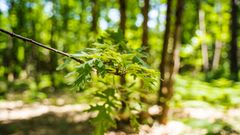

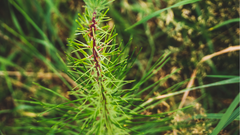

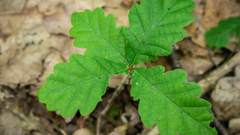

Please note that this is promotional communication. See our notice of information.

